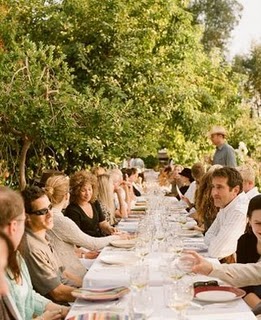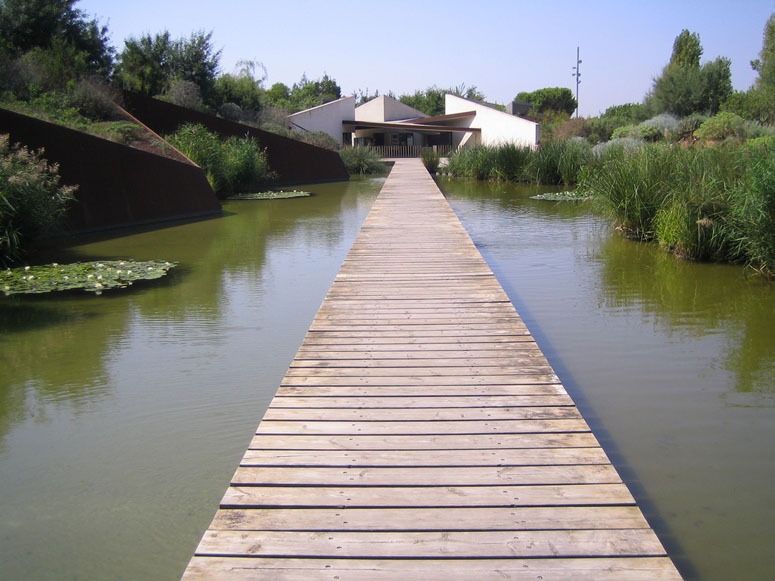 Bet Figueras, died of cancer in 2010 at the age of 53. Bet was a pioneer of landscape architecture in Spain. Her work included the Rose Garden in Cervantes’ Park, Barcelona, a private garden for Oscar Tusquet, the Bodegas Bilbainas winery in Haro, La Rioja, hotels in Barcelona, the Barcelona Olympic Village (1992). Her best known project was the Barcelona Botanical Garden (with the architects Carlos Ferrater and Josep Lluís Canosa, the horticulturalist Artur Bossy and the biologist Joan Pedrola). The planting relates to the world’s five Mediterranean regions, with the plants grouped according to ecological affinity. Another objective was to relate the planting to the local topography. For a delicious experience of a Bet Figueras landscape see the surroundings of El Bulli restaurant, preferably after a swim and before a meal by the famous chef Ferran Adrià. Bet Figueras’ last project was La Casa dels Xuklis, which helps anyone affected by cancer. We thank Gabino Carballo for an article about this garden. He sees her as ‘the preeminent Catalan Landscape designer in the transition from the 20th to the 21st century’.
Bet Figueras, died of cancer in 2010 at the age of 53. Bet was a pioneer of landscape architecture in Spain. Her work included the Rose Garden in Cervantes’ Park, Barcelona, a private garden for Oscar Tusquet, the Bodegas Bilbainas winery in Haro, La Rioja, hotels in Barcelona, the Barcelona Olympic Village (1992). Her best known project was the Barcelona Botanical Garden (with the architects Carlos Ferrater and Josep Lluís Canosa, the horticulturalist Artur Bossy and the biologist Joan Pedrola). The planting relates to the world’s five Mediterranean regions, with the plants grouped according to ecological affinity. Another objective was to relate the planting to the local topography. For a delicious experience of a Bet Figueras landscape see the surroundings of El Bulli restaurant, preferably after a swim and before a meal by the famous chef Ferran Adrià. Bet Figueras’ last project was La Casa dels Xuklis, which helps anyone affected by cancer. We thank Gabino Carballo for an article about this garden. He sees her as ‘the preeminent Catalan Landscape designer in the transition from the 20th to the 21st century’.
Above image courtesy SharonK Below image, of El Bulli, courtesy IanL
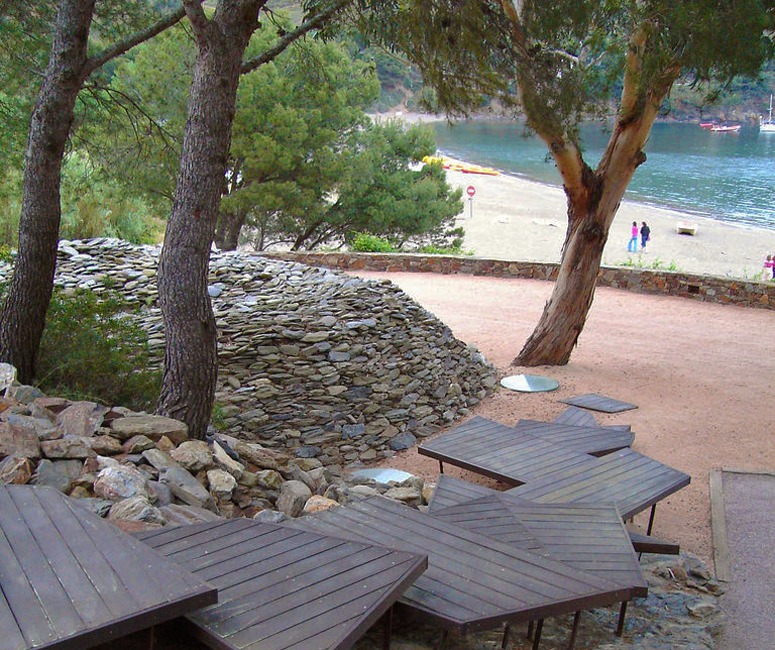

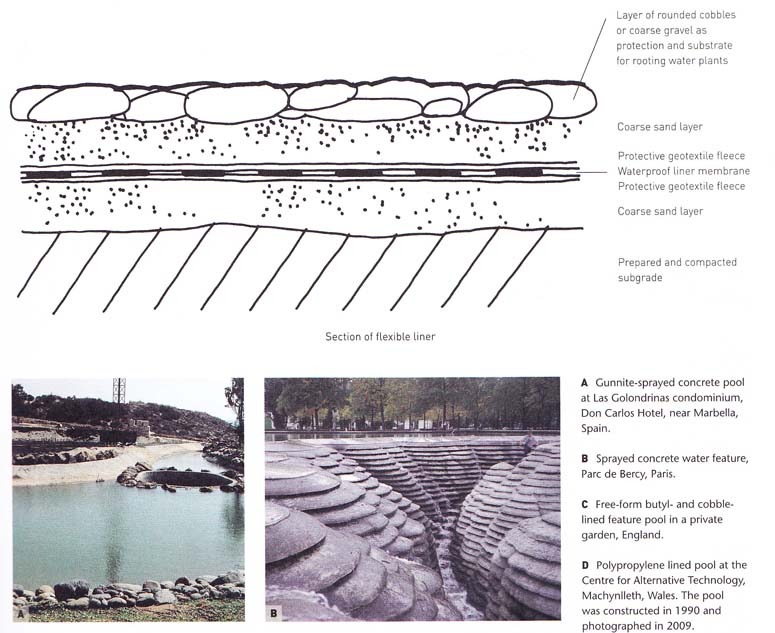

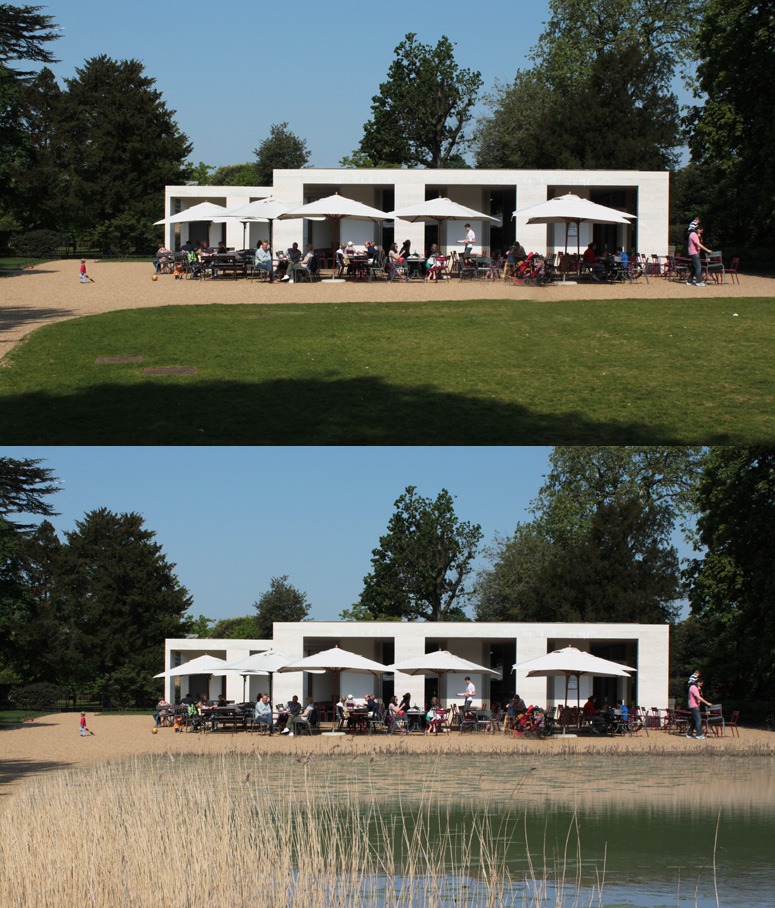
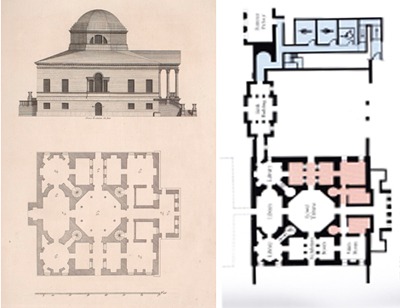
![chiswick-house-4115 08.39 [Converted]](http://www.gardenvisit.com/blog/wp-content/uploads/2011/04/chiswick-house-plans-garden5.jpg)


